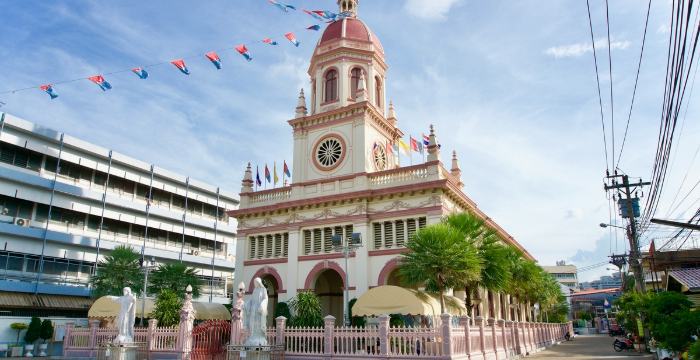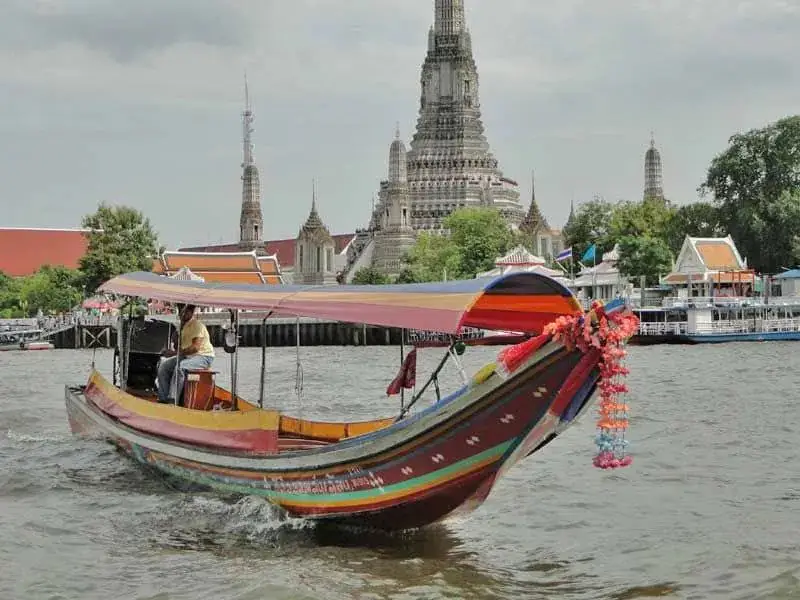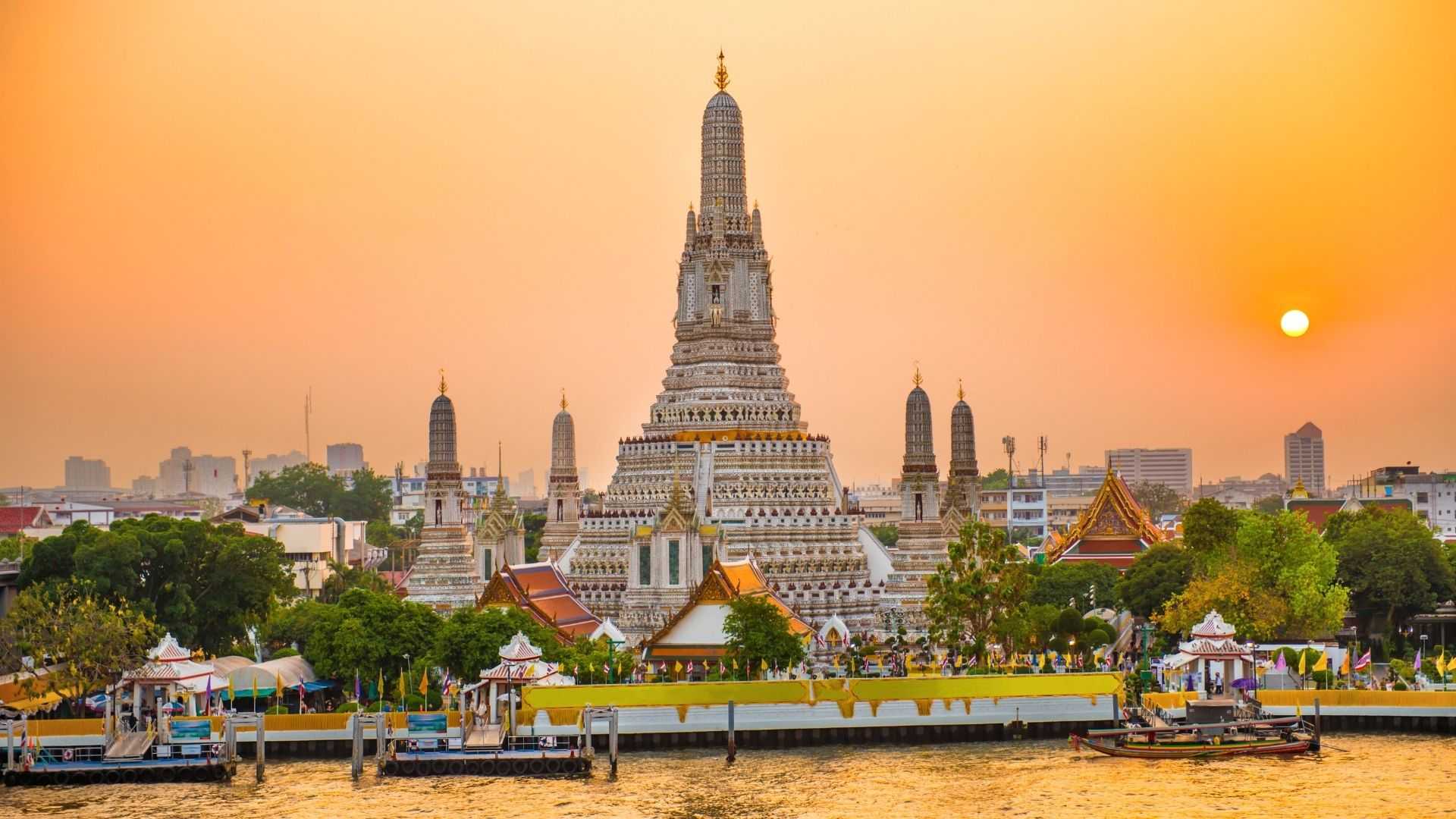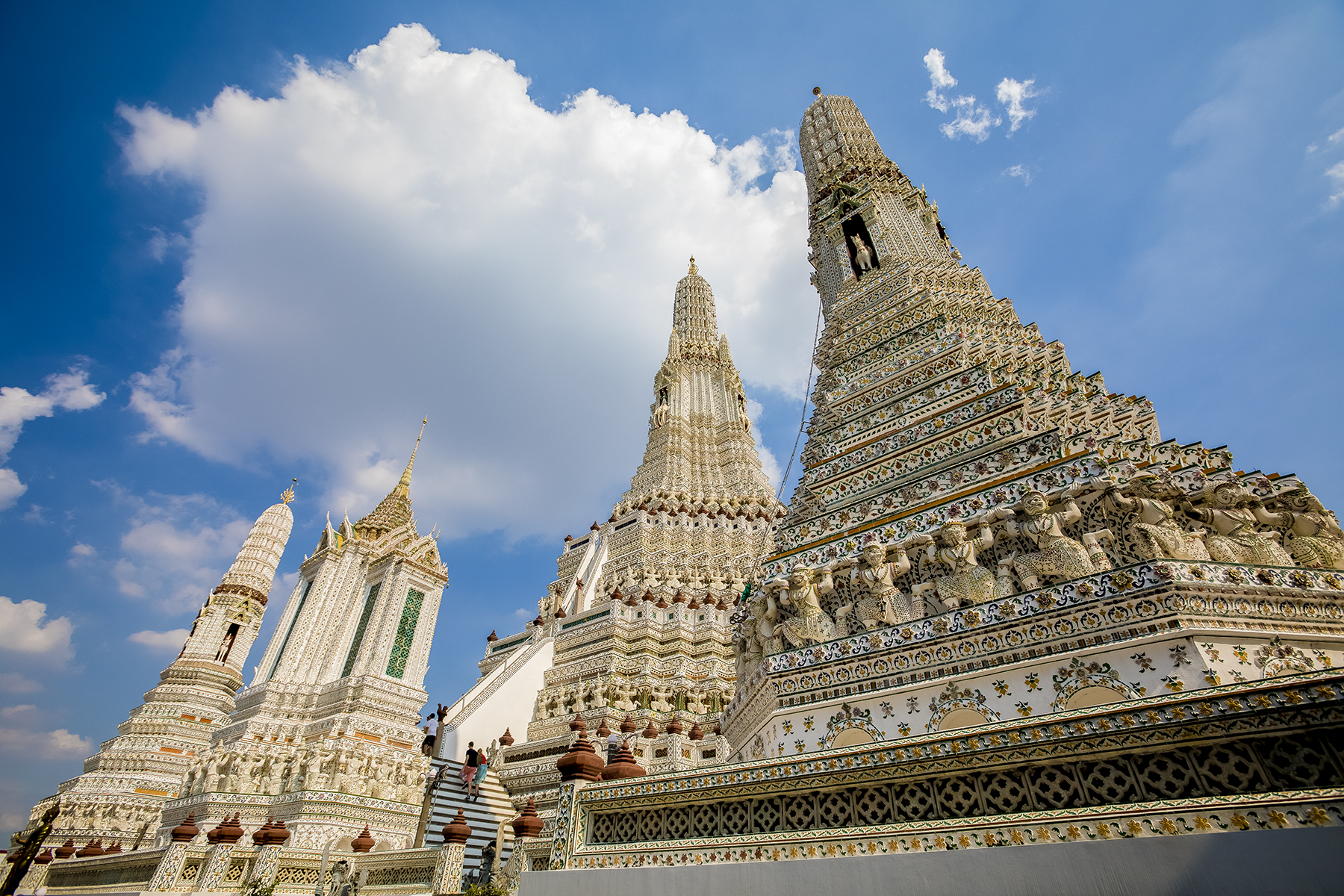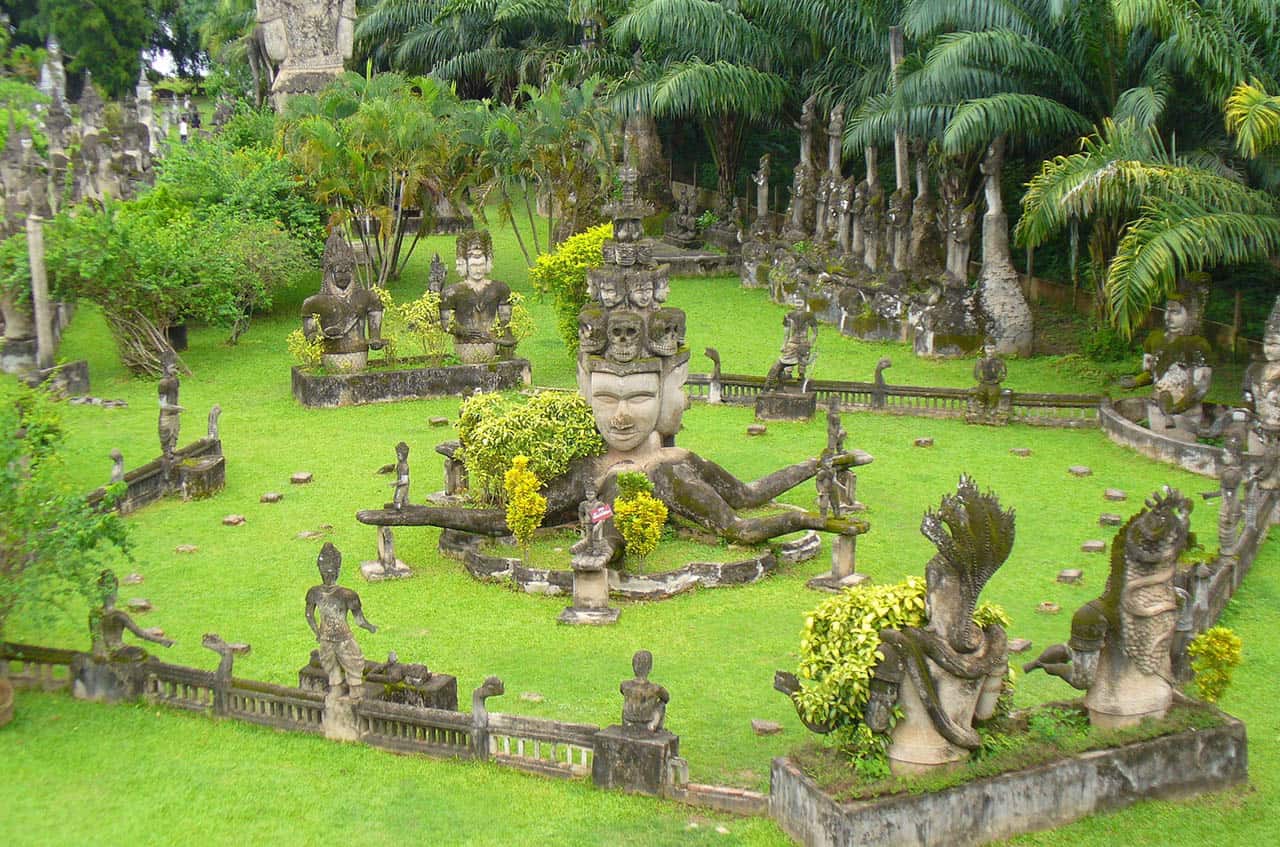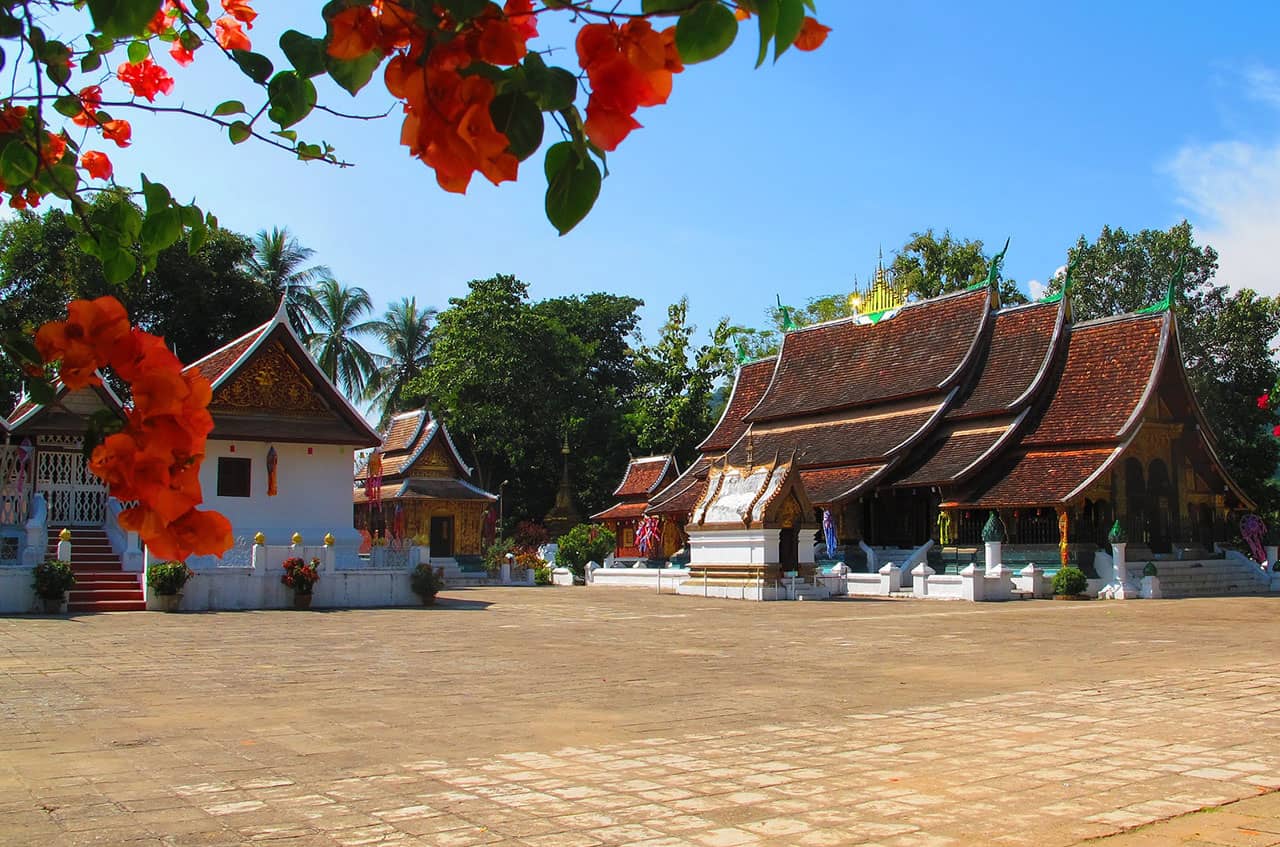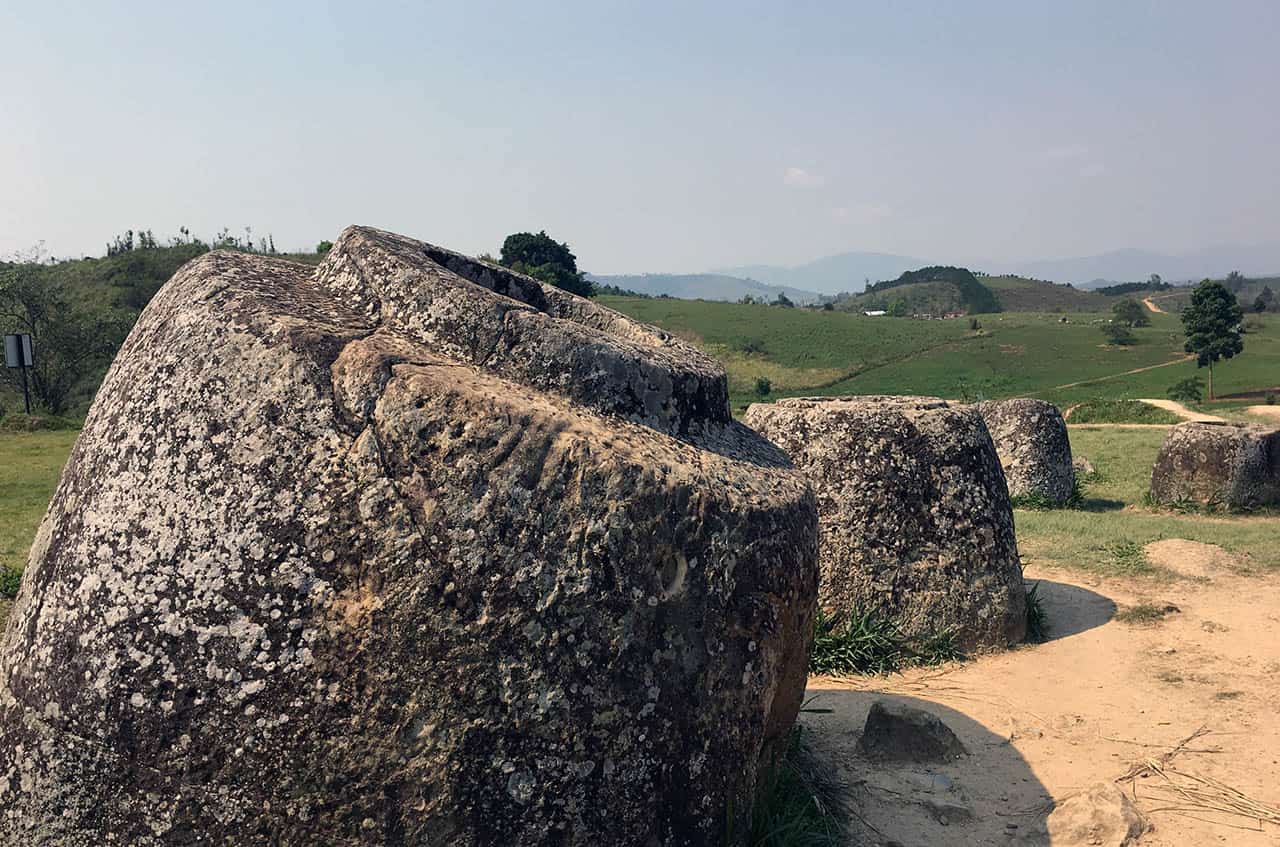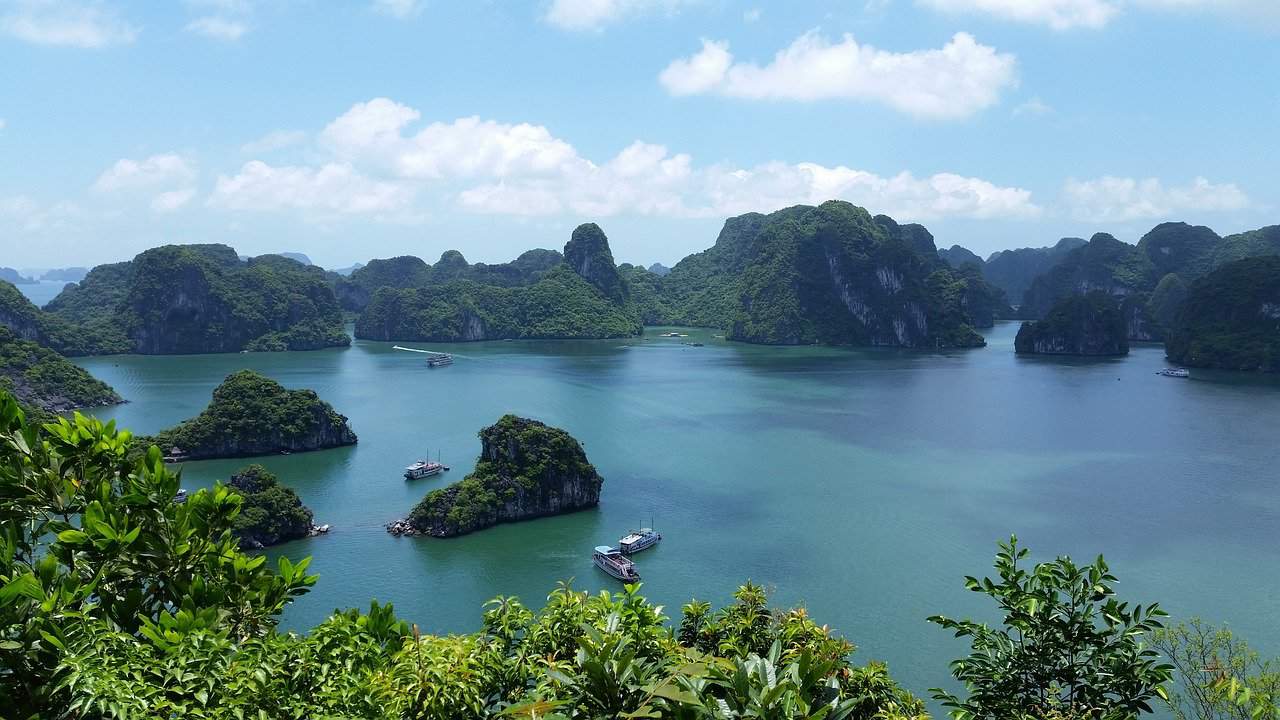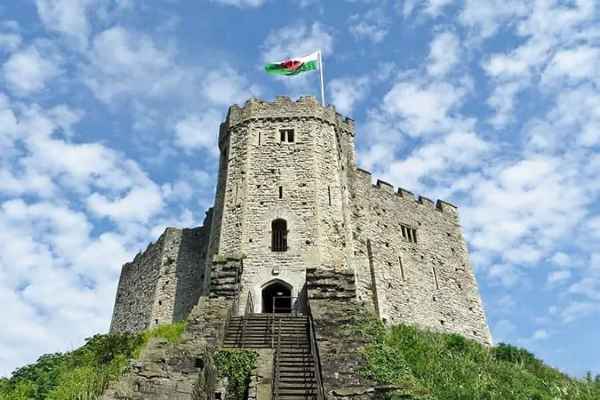One of Bangkok’s most iconic sights, Wat Arun is a must-see visit. Wat Arun is a Buddhist temple which sits on the banks of the Chao Phraya River. The word ‘Arun’ is named after the Hindu God Aruna who is often associated with the rising sun, giving Wat Arun the nickname ‘Temple of Dawn’. Dating back to the Ayutthaya period, Wat Arun pre-dates Bangkok being founded as a city and was originally known as Wat Makok. Wat Arun was the previous royal residence of the King of Thailand and previously housed the Emerald Buddha before it was moved to the Grand Palace complex in the 18th century.
Despite being the site of a Buddhist temple since the 17th century, Wat Arun as we see today was said to be designed under the reign of King Rama II. During your visit, enjoy a climb up and down around the main prang (tower) of Wat Arun, noticeable for its Khmer styles. Surrounding the main prang you will see intricately designed giant pagodas which showcase Thai craftsmanship. On site, you will also see ancient Chinese warrior sculptures which guard the main prang, and the Ordination Hall, the holiest site at Wat Arun and home to the dazzling Golden Niramitr Buddha statue.
Not only does Wat Arun provide a plethora of items to see, it also offers enviable vistas across the Chao Phraya River to the Grand Palace and Wat Pho.
Enjoy lunch at a local restaurant where you will enjoy a three-course dinner of Thai cuisine
Next, see Thailand from a different viewpoint today as you take to the waters on a longtail boat. At Wat Arun pier, board your longtail boat. Head down part of the Chao Phraya River, the main waterway of Bangkok, before turning off on to Khlong Bangkok Yai, a historical canal in Bangkok which takes you through Thonburi, the old capital of Thailand. Whilst you cruise down the canal, pass by old wooden stilted houses, townhouses and some unfortunate dwellings which have tilted 45 degrees to the side! You will pass lush greenery, quaint Buddhist temples and occasional graffiti. You will also pass a giant buddha statue, which opened in 2023, a glorious gold statue peeking up over the historical district.
During your cruise, disembark at Khlong Bang Luang Artist House, a local art centre, performance venue and café located on a stilted property over the canal. The artists who live here maintain a traditional way of life and there is an opportunity to see artists at work painting, drawing and sculpting. There is also the opportunity to take part in a bracelet-making class or fan-painting class here (additional cost) to further immerse in the artist way of life.
Return to your longtail boat and continue further along the canal before returning in a loop back to the Chao Phraya River. From here, disembark your longtail boat and begin your walking tour of Thonburi District, known for its colonial Portuguese history. The first foreign settlers from Portugal arrived in Thailand, which at the time was known as Siam, in the 1500s. These Portuguese traders originally settled in the ancient capital of Ayutthaya where they traded textiles. However, when Ayutthaya was sacked by the Burmese in 1767, the Portuguese traders fled and set up their own community in modern-day Thonburi.
Begin your tour today by seeing the Santa Cruz Church, a catholic church also known as Kudi Jin (Chinese Church), due to the assistance the Chinese gave to the Portuguese traders in building the church. Next, we will wander through the warren-like streets of Thonburi which still house many residents of Portuguese descent. You will see European elements in the colours and designs of the doors and buildings. Enjoy entrance to Baan Kudichin Museum, dedicated to the Portuguese legacy in the city of Bangkok and enjoy the exhibitions on display here from early Portuguese exploration to permanent settlement in Bangkok. Next, enjoy a karipap, a curry puff said to be influenced by the Portuguese pastel (pastry) mixed with its spicy legacy in Asia. Next, learn about other cultures associated with the region with a visit to Wat Prayun, a 19th Century Buddhist temple with a unique white-bell shape on the site of a former coffee plantation.



